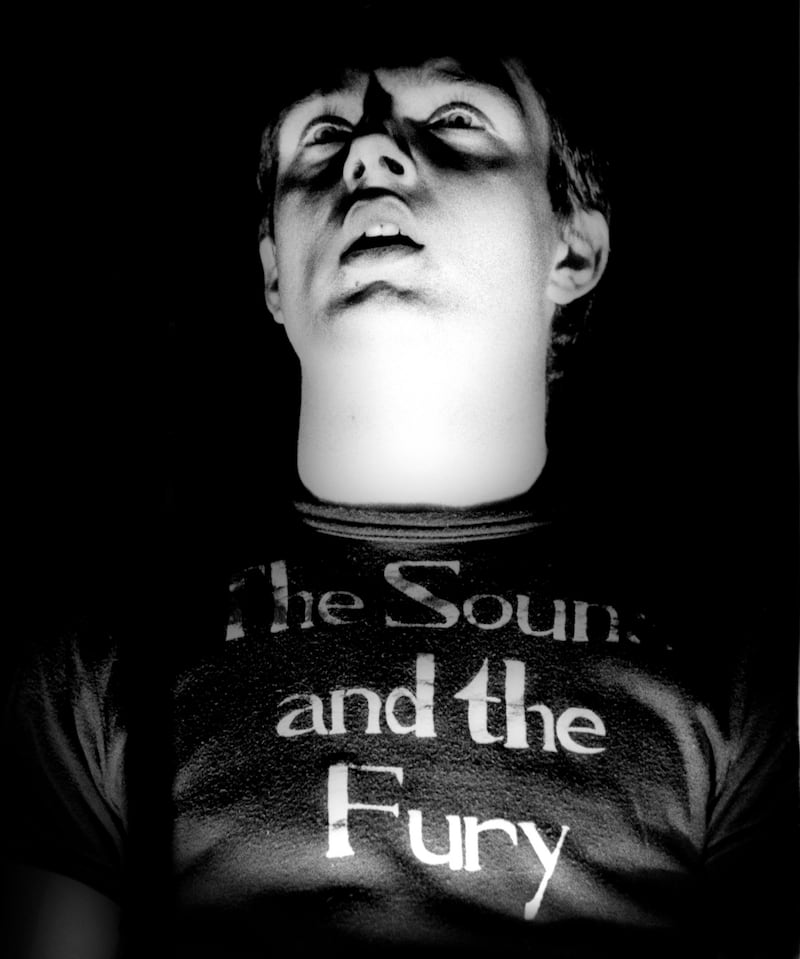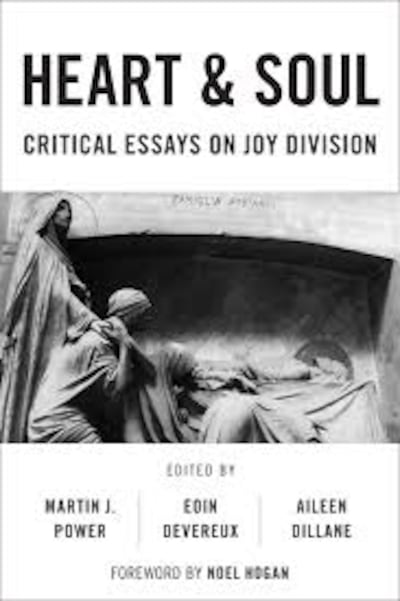On July 30th, 1980, three musicians – Peter Hook, Steven Morris and Bernard Sumner – took to the small stage of The Beach Club at Oozits Bar in Shudehill, Manchester. With what might be best described as gallows humour, Sumner introduced the band as being the last surviving members of Crawling Chaos. Their short set consisted of just five songs. It must have been a particularly difficult gig for the musicians to play, as just 11 weeks earlier their close friend and Joy Division band-mate Ian Curtis had taken his own life on the eve of their first tour of the United States. Curtis’s unexpected death marked the premature end of one of the most important and influential post-punk bands. Joy Division was no more.
Strictly speaking, Joy Division existed for only two and a half years. Formed in Salford, over 29 months the band wrote and recorded 43 songs and played 120 gigs. The 1976 punk explosion served as an initial catalyst for Sumner and Hook to form a band – temporarily called Stiff Kittens. This was soon followed by the adoption of the name Warsaw, inspired by David Bowie’s Warszawa and further changes in membership.

The final line-up of Curtis (vocals); Hook (bass); Sumner (guitar, keys) and Morris (drums) performed and recorded as Warsaw in the second half of 1977. However, the existence of a punk band called Warsaw Pakt convinced them to change their name to avoid any confusion and in January 1978 they played their first ever gig under the name Joy Division. Momentum quickly grew around the band and it began to attract music press and record company interest. They signed an album deal with RCA but were unhappy with the recordings and asked to be released from their contract. In line with DIY punk practice, Joy Division’s first record was a self-released four track EP called An Ideal For Living (1978). The EP’s cover, as well as the band’s chosen name, proved problematic for the band and controversy would follow them through their short career.
While the punk explosion may have convinced the members of Joy Division to take up a musical instrument and teach themselves how to play, the band’s recorded sound drew from a much wider palette of influences, many of which predate punk and have continental European and US roots; thus, sonically, Joy Division carry echoes of Kraftwerk, Neu!, Can, David Bowie, Lou Reed, The Velvet Underground and Iggy Pop. All of the band’s lyrics were provided by Curtis who was an avid reader of writers such as Gogol, Ballard, Dostoevsky and Sartre. Curtis’s bass-baritone voice combined with frenetic drumming by Morris, rapid guitar playing by Sumner and Hook’s signature high bass notes were all part and parcel of the Joy Division alchemy.
In addition to the four band members, the Joy Division story has also to be understood in terms of their interactions with their manager Rob Gretton, Factory Records founder Tony Wilson, designer Peter Saville and producer Martin Hannett. Gretton contributed to the development of the band’s anti-image strategy. They rarely gave interviews or spoke to their audiences. Wilson gave them their first break on television, signed them to Factory Records and would help construct the Joy Division narrative and mythology.
Joy Division released two studio albums, Unknown Pleasures (1979) and Closer (1980). A further compilation of unreleased studio tracks, and a recording of their final gig with Ian Curtis at the University of Birmingham, were issued as Still (1981). All were released on the Factory label and feature distinctive minimalist artwork by Peter Saville. Martin Hannett’s production work added a further set of crucial ingredients. Widely acknowledged as the prime architect in the creation of the “Manchester Sound”, Hannett’s clever use of delay, echo, reverb and loops in recording Joy Division resulted in two classic albums. Apart from some unorthodox recording methods, Hannett’s use of space within individual Joy Division songs evidences how in sonic terms, the art is sometimes found in the absence. Indeed, some have argued that Hannett’s production underscores what mental torment, isolation, alienation and loneliness feel like.
In addition to their studio albums, Joy Division is best remembered for their single Love Will Tear Us Apart (1980). Released in June following the untimely death of Curtis, the single gave Joy Division its first ever chart hit. By then, however, Joy Division had lived up to their commitment of disbanding should anything happen to any member of the band.

In one sense, the tragic death of Ian Curtis was the real beginning of Joy Division. His death marked the beginnings of their marketisation and indeed the commodification of Manchester itself. Even though they never wrote lyrics specifically about Manchester, their presence is forever entwined in the cultural tourism now associated with the city. The band's songs and their overall post punk gothic aesthetic remains profoundly influential, traces of which may still be heard in bands like Interpol, early U2 and The National.
Heart and Soul: Critical Essays on Joy Division, edited by Martin J Power, Eoin Devereux and Aileen Dillane, has just been published by Rowman and Littlefield International (London) in paperback, hardback and ebook formats
















